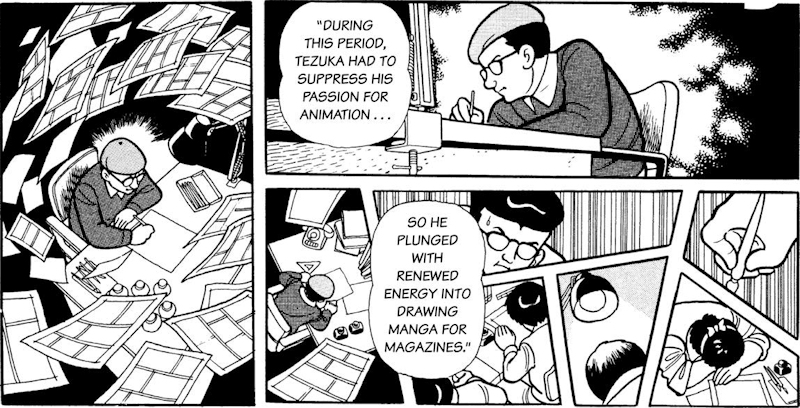


The American occupation of Japan following World War II had a huge impact on the cartooning industry, and in 1945 the “father of manga”, Osamu Tezuka, established it as a modern entertainment industry. He had studied Western-style cartoons and founded his own magazine, which sold throughout Asia and influenced many other artists. In 1814, the ukiyo-e artist Katsushika Hokusai (who created the famous Great Wave off Kanagawa print) began to compile short stories and sketches into books he called manga, but it was Rakuten Kitazawa (1876-1955) who made the term in its modern usage popular. Thought to date back to scrolls of the twelfth and thirteenth centuries, the medium began with depictions of anthropomorphic animals and cartoon-y exaggerations of daily life. The word "manga" is comprised of two written characters, or kanji: the kanji for informal or whimsical (漫 man) and the one for drawing (画 ga). Thus, analyzing and understanding its features can help enhance productivity. Whether or not ChatGPT will take the place of writers, copywriters, and content creators is still up for debate, but we can be certain that it's a useful tool for facilitating the work of these professionals. Is creativity something uniquely intrinsic to humans? Now, the answer may be, "It depends."

However, the arrival of several free AI applications and, specifically, the free ChatGPT system in December 2022 has paved the way for a revolution. Just a year ago, including “creativity” and “artificial intelligence” in the same sentence would have been largely implausible. Latest blog post How to Use ChatGPT for Creative Writingĭiscover how to maximize the advantages and overcome the limitations of artificial intelligence to improve your texts


 0 kommentar(er)
0 kommentar(er)
